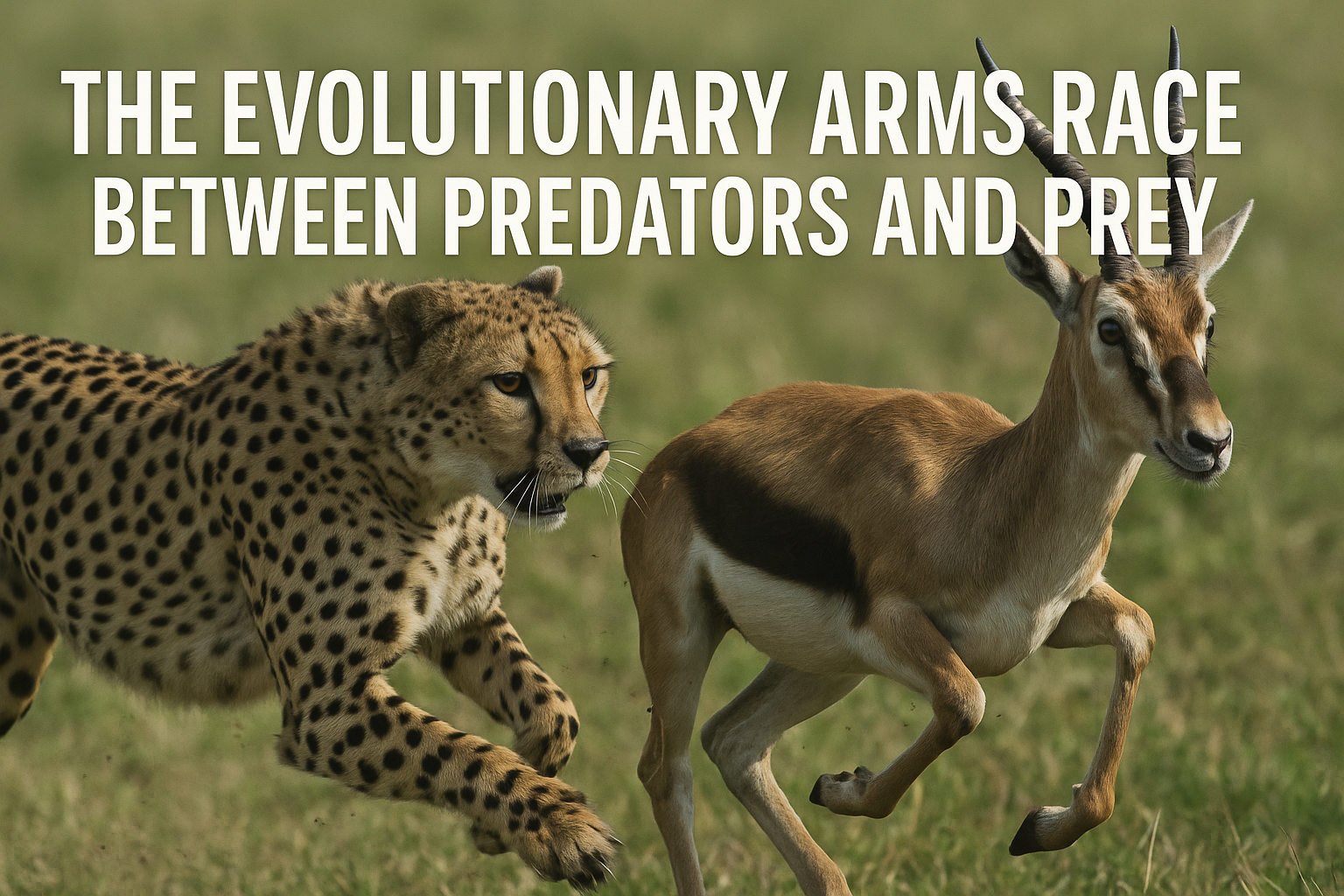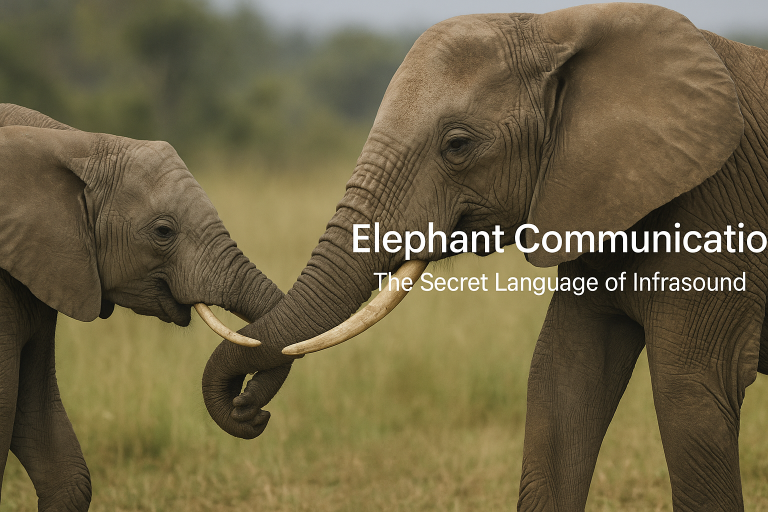In the wild, survival is a constant game of one-upmanship. Predators evolve sharper claws; prey develop swifter legs. Venom becomes deadlier, while immunity grows stronger. This relentless back-and-forth is known as the evolutionary arms race—a biological struggle that has shaped every species on Earth.
From cheetahs outpacing gazelles to bacteria resisting antibiotics, this article explores the most fascinating examples of predator-prey adaptation, the science behind these battles, and what they reveal about life’s endless drive to survive.
1. What Is an Evolutionary Arms Race?
An evolutionary arms race occurs when two species exert selective pressure on each other, driving adaptations and counter-adaptations over generations. Unlike physical warfare, this conflict unfolds across millennia, written in DNA.
Key Characteristics:
-
Reciprocal Evolution: Predators and prey evolve in response to each other.
-
Escalation: Adaptations become more extreme (e.g., faster speed, stronger toxins).
-
Diversification: Arms races can lead to new species (adaptive radiation).
Famous biologist Richard Dawkins coined the term “arms race” to describe this phenomenon in The Extended Phenotype (1982).
2. Iconic Examples from Nature
A. Cheetahs vs. Gazelles: The Speed War
-
Cheetahs evolved explosive acceleration (0–60 mph in 3 seconds).
-
Gazelles developed zigzag running and endurance to escape.
-
Result: A stalemate where only the fastest survive.
B. Snakes vs. Squirrels: Venom vs. Resistance
-
Rattlesnakes produce neurotoxic venom to paralyze prey.
-
California ground squirrels evolved blood proteins that neutralize venom.
-
Some squirrels even chew shed snake skins to build immunity.
C. Bats vs. Moths: The Sonic Duel
-
Bats use echolocation to hunt in darkness.
-
Tiger moths jam bat sonar with ultrasonic clicks.
-
Some moths even drop mid-flight to evade capture.
3. Underwater Arms Races
A. Cone Snails vs. Fish: Harpoon Toxins
-
Cone snails fire venomous harpoons (conotoxins) to immobilize fish.
-
Fish develop resistance, forcing snails to evolve new toxins.
-
Medical spin-off: Conotoxins are used in painkillers like Prialt.
B. Sharks vs. Seals: Stealth vs. Agility
-
Great whites attack from below with explosive force.
-
Seals use tight-turn swimming and shallow waters to escape.
-
Some seals even ride waves to minimize splash cues.
4. Plant vs. Herbivore Battles
A. Milkweed vs. Monarch Butterflies
-
Milkweed produces cardiac glycosides (toxic to most animals).
-
Monarchs evolved immunity and store toxins for defense.
-
Result: Monarchs become poisonous to birds.
B. Acacia Trees vs. Ants
-
Acacias grow hollow thorns for ants to nest in.
-
Ants attack herbivores in exchange for shelter/food.
-
A rare case of mutualistic arms race.
5. Microbial Arms Races
A. Bacteria vs. Antibiotics
-
Bacteria evolve resistance via horizontal gene transfer.
-
Pharmaceuticals must constantly develop new drugs.
-
MRSA and other superbugs are winning this race.
B. Viruses vs. Immune Systems
-
HIV mutates rapidly to evade antibodies.
-
CRISPR gene editing now fights back in labs.
6. Human Role in Modern Arms Races
A. Pesticide Resistance
-
Insects evolve immunity to DDT, neonicotinoids.
-
Solution: Rotating pesticides to slow adaptation.
B. Antibiotic Overuse
-
Doctors overprescribe, accelerating resistance.
-
Solution: Phage therapy, narrow-spectrum antibiotics.
7. Can Arms Races Ever End?
A. Extinction
One side “wins” by eliminating the other (rare).
B. Evolutionary Stalemate
Adaptations plateau (e.g., cheetahs can’t get faster without overheating).
C. Mutualism
Some conflicts turn cooperative (e.g., acacia ants).
Conclusion: The Engine of Biodiversity
Evolutionary arms races are nature’s ultimate innovation drivers. They explain why life is so diverse, adaptable, and relentless. As humans disrupt ecosystems, understanding these battles becomes crucial—whether fighting superbugs or conserving predators.
The race continues. Who will adapt next?




Leave a Comment